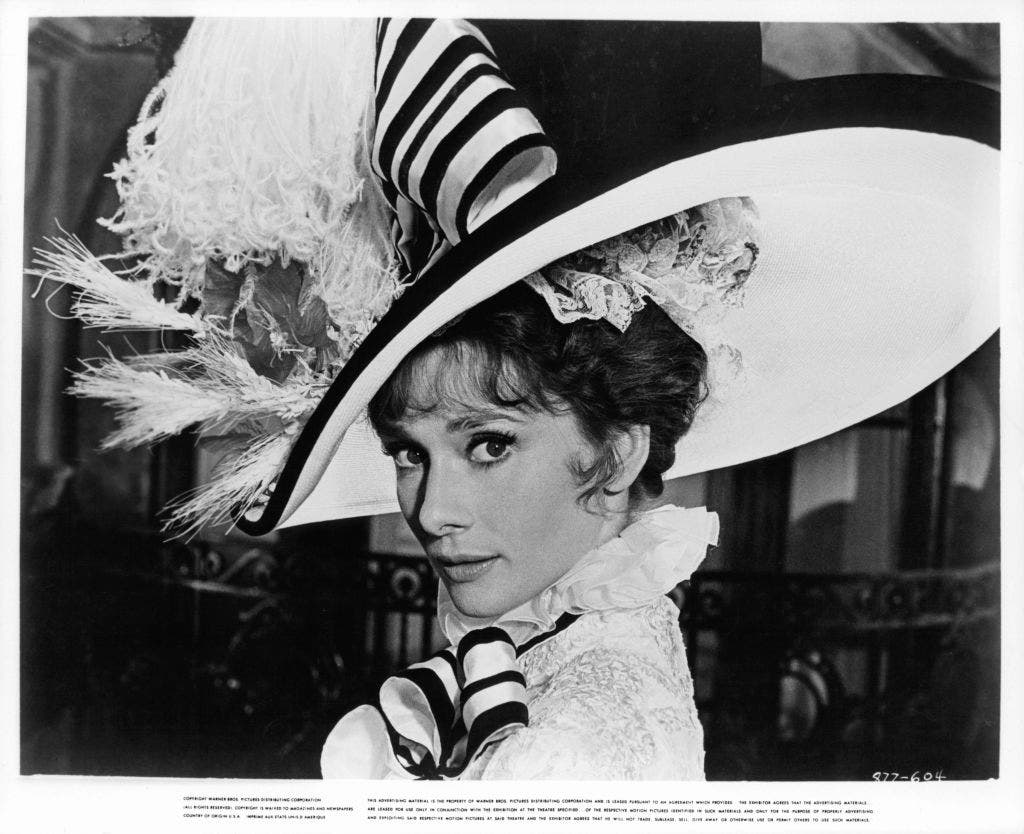Supporters of a “top two” primary election system in South Dakota that would replace the current partisan process with one open to all voters have submitted thousands more petition signatures than required to bring a vote this fall on their ballot initiative.
On Monday, South Dakota Open Primaries sponsors said they submitted petitions with 47,000 signatures to Secretary of State Monae Johnson’s office. The measure group needs 35,017 valid signatures to make the November ballot. Johnson’s office has until Aug. 13 to validate the measure, a proposed constitutional amendment.
Under South Dakota’s current primary election system, candidates in gubernatorial, congressional, legislative and county races compete in a partisan primary. The measure would allow all candidates to compete against each other in one primary, and the top two vote-getters in each race or for each seat would advance to the general election. A similar measure failed in 2016.
Other states such as California and Washington have “top two” primary elections similar to the measure proposed in South Dakota.
Measure sponsor Deanna “De” Knudson, a registered Republican, said she doesn’t think the state has a fair system, in that it “excludes about half of the voters from the real race, and we just really believe that this is a fairness issue.”
The South Dakota State Capitol is photographed in Pierre, South Dakota. (Education Images/Universal Images Group via Getty Images)
Republicans control South Dakota’s Legislature and hold all statewide elected offices and congressional seats. Democrats haven’t won a statewide election since 2008, when former U.S. Sen. Tim Johnson and U.S. Rep. Stephanie Herseth Sandlin won reelection to their last terms.
South Dakota has nearly 602,000 registered voters, including 304,000 Republicans and 144,000 Democrats, but people registered as “no party affiliation” or “independent” total nearly 150,000 voters, according to online voter registration tracking.
State Republican Party Chairman and state Sen. John Wiik said he vehemently opposes the measure. He said he sees “no good coming out of it for the Republican Party.” The state GOP’s central committee unanimously opposed the measure, he said.
“I want Republicans to be able to choose the Republican candidate, and Democrats to choose the Democrat candidate,” Wiik said. “If you want to be an independent, then you’re independent of the decisions that affect your lives.”
Knudson said the measure would bring a much more competitive process and “will make sure that the winning candidate is the one most South Dakotans agree on.” She questioned the balance of power in the Legislature, where Democrats hold 11 of 105 seats, and whether that is truly reflective of voters’ will.
State Democratic Party Executive Director Dan Ahlers said the party hasn’t taken a stance on the measure. The Democratic Party allows “no party affiliation” and independent voters to vote in its primary, along with registered Democrats.



